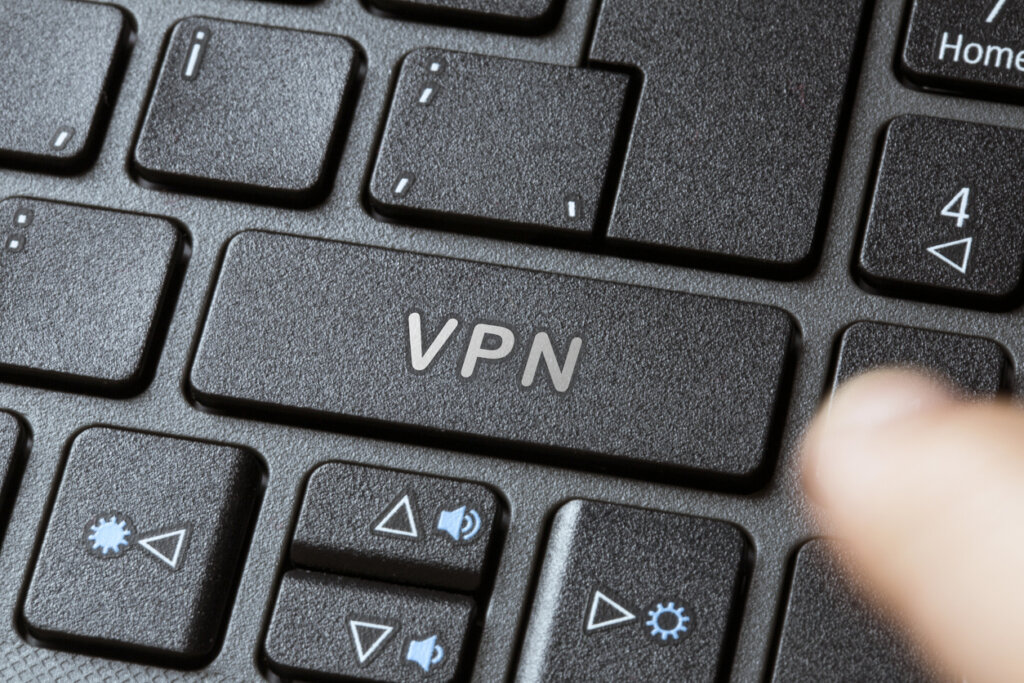Medical practices are beginning to discover the benefits of social media. According to the Pew Research Center, 74% of adults aged 18-49 are using social networking sites (SNS) and it is growing rapidly. For medical practices, it is a great way to not only reach potential patients but also keep in touch with current ones by providing updates on how to use social media to improve your medical practice.
So, what if you’re new to social media? Where do you begin? Well, this guide should help medical practices who want to add social media marketing to their medical practice.
Why do medical practices use social media?
The most obvious answer to this question is to increase your patient base. That’s true but let’s look at a couple more reasons:
First social media can be used to reach your patients. In the medical world, this means reaching mom’s around town with children who have asthma or kids who are in daycare because they’ll be more likely to trust your medical advice knowing you’re just like them.
Another reason is for online reputation management. Consumers are turning to online reviews prior to making buying decisions. The same goes for the medical arena as well.
How important is getting ahead of reputation management by being proactive? Well, medical practices with websites rank higher in search engine results than those without. That goes for social media as well.
However, before we look at each individual social media platform, understand social media is more than just a Facebook page or Twitter account, it is having an active and engaging medical presence on various social media platforms. It includes things like medical blogs, forums posts, reviews, and ratings. Doctors and medical practices need to make sure that they’re not just creating profiles for the sake of having one but rather are using their medical social media accounts is more than just a means for self-promotion amongst peers. The only way to become an expert in your field is by actually becoming one through experience.
Now let’s delve into the top platforms doctors are using today.
Facebook groups
Facebook groups offer another great way to interact. Professional medical associations, for example, can set up medical practice groups that doctors can join. Doctors will be able to discuss medical topics with each other and give advice on medical cases they may have dealt with in the past. These medical practice groups are a great way to form friendships amongst those who share similar medical interests as well as learn from others about new medical practices that you may not know about yet.
LinkedIn is the more professional version of Facebook. LinkedIn medical groups are great ways for doctors to share their experiences, knowledge, and updates about medical practices with others in their field across the world.
Twitter is a powerful medical marketing tool that can connect those in the medical industry as well as create new leads. If individuals find your tweets valuable and interesting they will follow and retweet them which will eventually lead to increased exposure for your medical practice business page and website through followers sharing links on their feeds or retweets appearing on their timelines.
Instagram is a great visual tool for your medical marketing. It’s the perfect medium to show off your practice’s human side. Obviously, sticking with topics that won’t violate privacy laws is vital, but the visual appeal of Instagram can be a fun, and informative way, to connect with other medical professionals, and patients.
Google my business
One way to help create the narrative online when someone searches for your practice is by keeping up with your Google My Business section. This includes medical practices’ hours, contact information, website, and reviews (you need to be reactive and show you care).
Make your space on medical practice directories
Register with medical practice directories. This will help potential clients connect with you more easily as well as improve your search engine visibility through the links to your site.
Regardless of how you decide to leverage social media, ensure that you post informative and engaging content. Keep the social, in social media!







